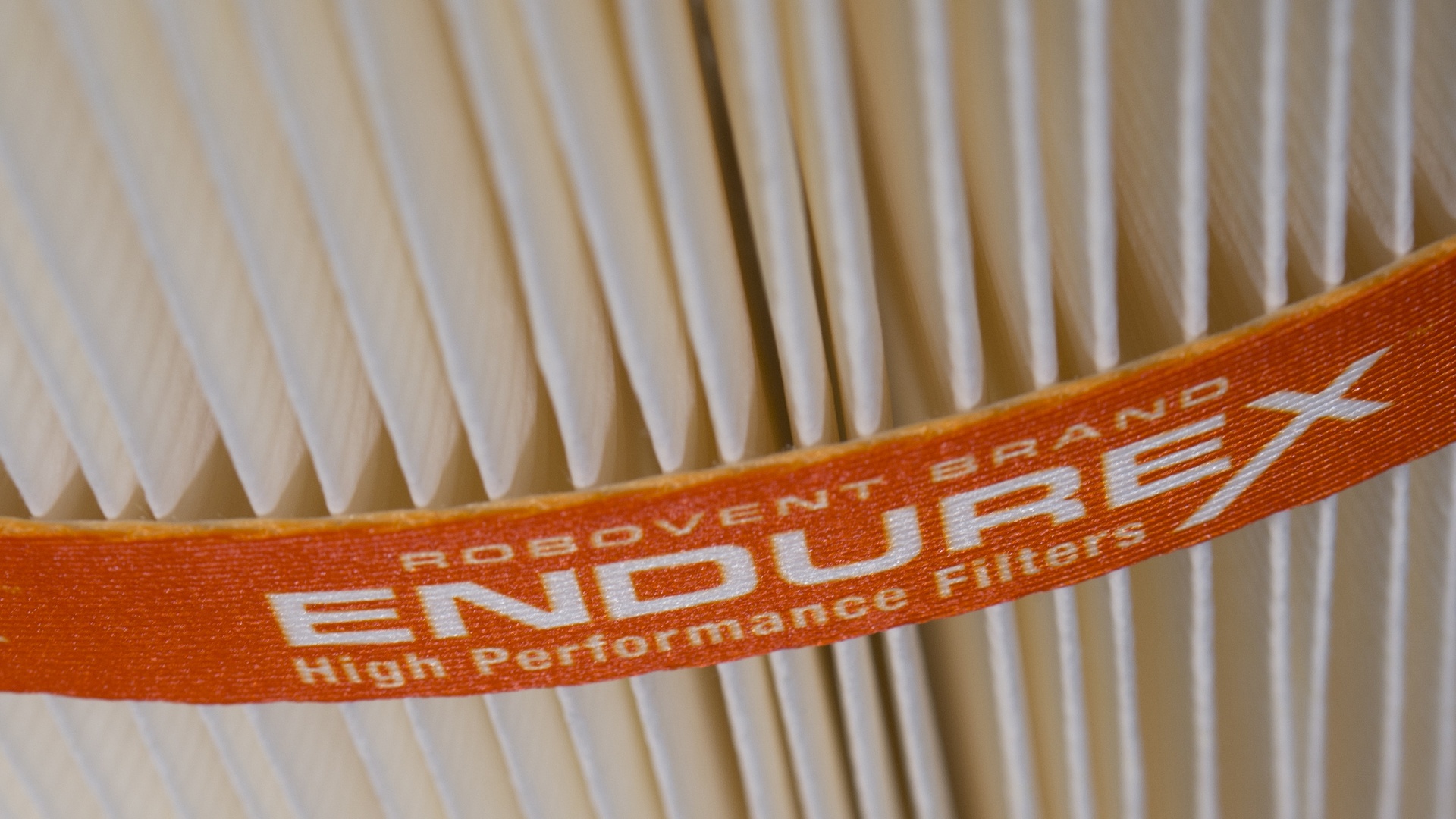Troubleshooting 101: Using the Right Amount of Filter Media

What Is the Air-to-Cloth Ratio?
The term “air-to-cloth” refers to the time when air filters were made of cloth, rather than today’s paper or synthetic materials. The meaning is the same, however: the ratio of the amount of air moving through a filter to the surface area of filter media. This ratio is most often expressed as cubic feet per minute (of air) to square feet (of filter media). The higher the first number, the faster the air will be flowing through the filter.
The ideal ratio for your application depends on the volume of particulates in your air. A heavy-loading process with a high volume of particulates will require a lower air-to-cloth ratio. An experienced air quality engineer understands these issues and can design a system that precisely fits your needs.
How Do You Right-size Your Filters?
By understanding your manufacturing processes and the nature and volume of the particulates coming from them, an engineer can calculate how much filter media and how much air flow you need. For example, ambient systems with lower volumes of particulates require a lot of air flow but a modest amount of filter media. A source capture system, on the other hand, could be handling a high volume of dust or fumes and would require a larger amount of filter media. To put it simply, this allows the particulates to be distributed over a wider area. Getting this calculation right is a big part of the air quality engineer’s job.
If the air-to-cloth ratio is too high, your dust collector filters might not be able to handle the volume of particulates. Also, the particulates could be driven deeply into the media, making it harder to pulse the dust off of the filters. In this case, filters will not last as long as they should. Shortened filter life, higher maintenance costs, and higher energy costs—due to the extra power needed to pull air through the clogged filter—are just some of the problems caused by miscalculating the amount of filter media you need.
For more information about this issue and other common problems, as well as how to prevent and fix them, see here.
Contact Us With Your Questions!
SUBSCRIBE TO
BLOG UPDATES









